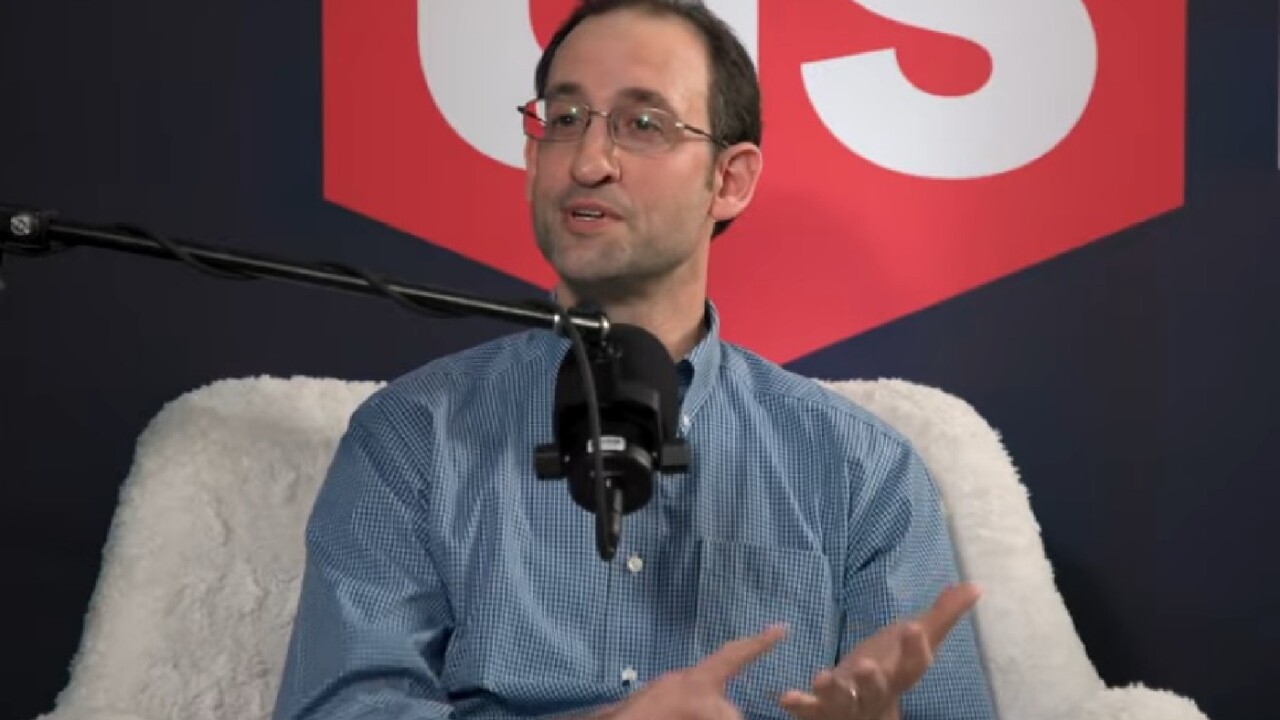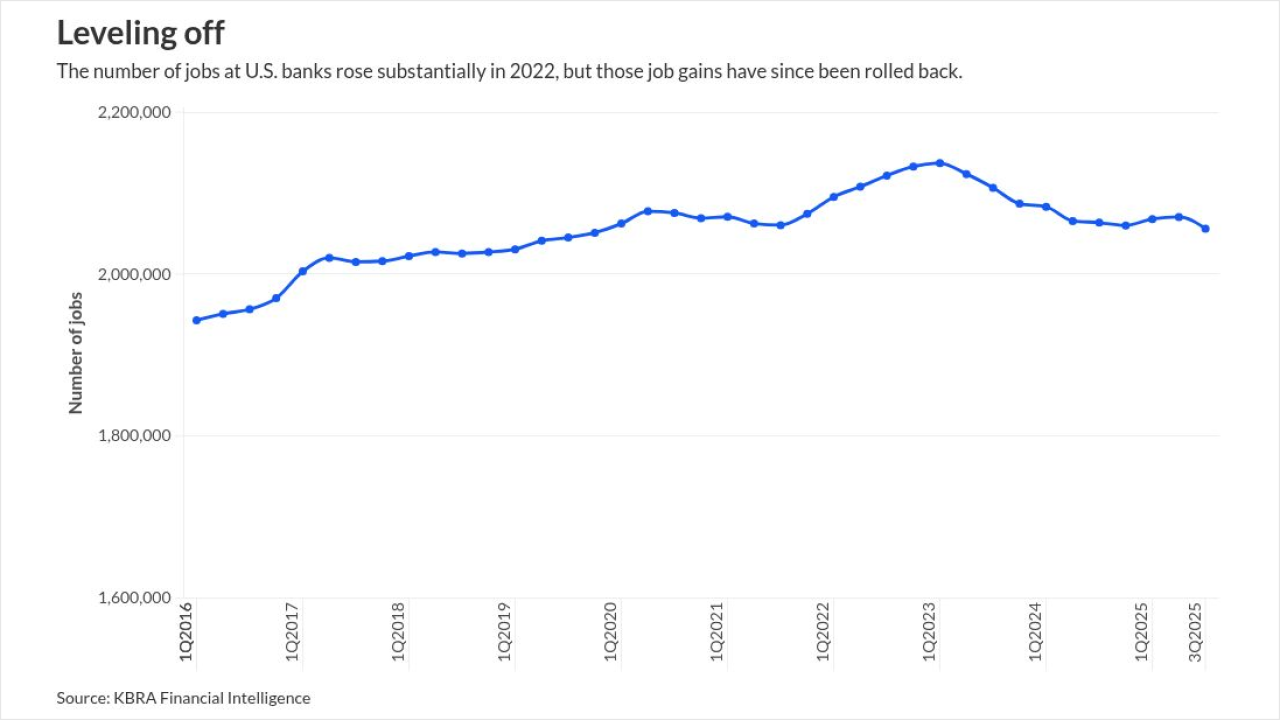
President Trump's
President Trump has proposed a transfer of the portfolio to the Small Business Administration, but he only has
The "cost" of all things in the Direct Loan Program — from congressional budgeting to regulatory proposals — is calculated based on the Federal Credit Reform Act, or FCRA. Under this accounting method, the department estimates the net present value of future cash flows (repayment of interest and principal) versus the cost to the government of borrowing money from Treasury and collecting the loan payments. The department's most recent analysis
This figure is almost certainly wrong. It is calculated using a proprietary model (the Student Loan Model) whose
Even assuming accuracy, no private buyer would pay the government's breakeven price. If part of a larger transaction — for example, advantageous standing as a private student lender — it could make sense for certain entities. A private entity might tap unrealized value in the portfolio — for example, in the reams of data collected by the department — for unrelated commercial activities.
But as a freestanding deal, the spread between government cost and private value will always be large. A significant portion of the future cash flow depends on the federal government's status as a "supercreditor" of sorts. Department of Education
Additionally, sovereign immunity shields the federal government from liability for damages caused by systemic failures in servicing; a private buyer would not enjoy that same immunity. Even federal contractors servicing these loans have been forced to pay damages to borrowers for shoddy servicing, forbearance steering and inaccurate bookkeeping. The risk exposure will certainly grow, as the administration's cuts to the government further reduce oversight and auditing resources.
A federal judge has ordered FDATR, a now-defunct student loan debt relief provider, to pay $43 million in restitution and fees, bucking the trend of cases brought by the Biden administration-era Consumer Financial Protection Bureau being dropped.
Finally, the government counts on collecting loans even when it knows — but the borrower does not — that the loan is eligible for discharge. This includes discharges for closed schools and false certifications, which the department
In 2019, the Department of Education
One of the difficulties in valuing the federal student loan portfolio is that the exact loan payoff amount and period are unknown at origination and remain contingent throughout the life of the loan. By law, borrowers can choose various repayment plans; prepay or consolidate; and defer payments. Moreover, accrued, unpaid interest and fees can capitalize at various points; and interest and principal can be forgiven for public service, disability and death. Limiting or removing these repayment terms would increase the value of the portfolio, but neither the president nor a private buyer has the authority to do this. The promissory note issued with every direct loan incorporates the repayment protections guaranteed by law, and the department cannot retroactively change the terms of repayment for existing loans. Congress potentially could, but not without compensating student borrowers.
Congress could take steps to bring down the breakeven price of the student loan portfolio and facilitate its sale. It could exempt student loans from the accounting method of the FCRA, perhaps in favor of a fair-value method. This would be a double-edged sword, eliminating balance-sheet savings some lawmakers hope to achieve by making forward-looking cuts to the program in budget reconciliation.
Other legislative moves would benefit both borrowers and prospective buyers: Congress could waive sovereign immunity, reinstate the protection against collection of Social Security benefits or impose a statute of limitations. For its part, the Department of Education could interpret the Higher Education Act to mandate, rather than simply allow, automatic discharge of loans that meet statutory requirements, without requiring a borrower application.
One thing is clear: Inflated valuation flows from distorted incentives, with borrowers and taxpayers bearing the brunt. Sale or not, it's time for lawmakers to have an honest conversation about the actual cost of the federal student loan program.






